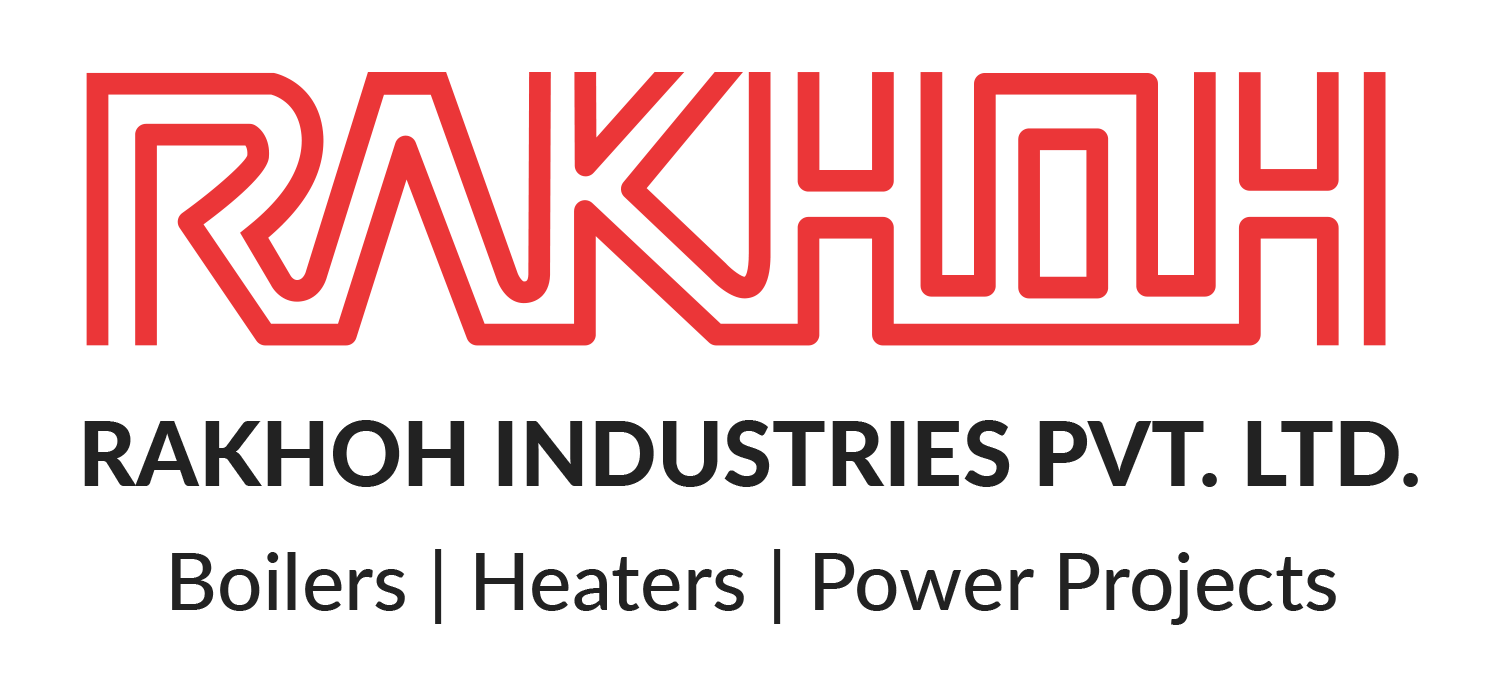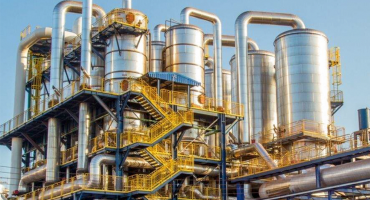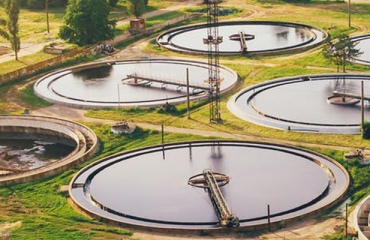With the increasing demand for heat and temperature control to accomplish process operations, manufacturing units are looking for methods to improve operational performance with optimal efficiency, safety, and minimal downtime. Although steam boilers are a commonly found asset, many manufacturing facilities opt for Thermic Fluid Heaters as a solution to various applications, delivering enhanced temperature control and reliability.
Compared to steam boilers, the demand for Thermic Fluid Heater is relatively low but gradually increasing. Thermic fluid heaters are effective for process heating purposes as it uses highly viscous oil as the heating medium. It operates in a closed-loop with the heat transfer fluid in constant circulation. The components of a Thermic Fluid Heater includes,
- Heater Coils
- Furnace
- Expansion cum Deaerator
- Circulating Oil Pump for High Temperature
- Heat Recovery Units
- Primary and Secondary Fans
- Chimney
- Pollution Control Equipment
- Control Panel for Monitoring
Working Principle of Thermic Fluid Heater:
Thermic Fluid Heaters function in either the liquid phase or vapor phase. In the liquid phase, thermic fluid heaters use a flooded pressure vessel to heat the heat transfer fluid without vaporization taking place in the vessel. It is similar to hot water boilers with a closed-loop system that is, either open or closed to the atmosphere. On the other hand, the vapor phase uses a heater for vaporizing the fluid internally within the vessel. It also uses a flooded heater for vaporizing the fluid externally through a flash drum. The vapor phase with condensing steam provides heat uniformly compared to the liquid phase.
The combustion air enters the burner fan inlet and travels upside between the inner and outer jacket, preheating the air before its ingress in the top-mounted burner. Hot gases pass across the length of the vessel in the first radiant pass. The gases then pass through the inner row of coils in the second convection pass. The third convection takes place as the gases continue back between the inner coil and outer coil. The final pass occurs upwards between the outer coil and inner jacket to the outlet of flue that leads to the fourth convection pass.
Usually, the heater design is similar to the fire-tube boiler or water-tube boiler that is direct-fired by the fuel combustion. Depending on the operation requirements and fluid used, heaters may operate at up to 750⁰F temperature. Generally, large-sized heaters are field erected.
Advantages of Thermic Fluid Heaters:
A thermic fluid heater offers numerous advantages over steam boilers. Some of the significant benefits of thermic fluid systems are as follows:
High Temperature at Low Pressure:
Thermic fluid heaters offer a higher temperature range as they can achieve temperature up to 750⁰F whereas steam boilers operate only up to 350⁰F. Along with high temperature, thermic fluid systems operate at lower pressure, requiring less than 100 PSIG of vapor pressure at 750⁰F compared to steam boilers that require 3,200 PSIG of operating pressure at 750⁰F.
Low Maintenance:
Thermic fluid heaters require minimal maintenance due to the simplicity of circuits. The fluid does not need regular adjustments or additions if checked periodically to ensure preventing any forthcoming issues. Unlike steam boiler systems, thermic fluid heaters do not require blowdown practices, steam trap maintenance, and boiler water treatments.
No Operating Personnel Required:
Due to reliability concerns in steam boilers, manufacturing facilities assign operating personnel in the boiler room with training to control and monitor the boiler operation. Thermic fluid heaters function safely, without requiring any attention from operating team members.
Outdoor Installation:
Since thermic fluid heaters offer indirect heating, they can be easily installed outdoors. Installing heaters away from the actual production area enhances the safety of the process plant.
Central Plant Heating:
Earlier, large and multi-purpose facilities required both the steam boiler and thermic fluid heater for process operations. With developments, today industries utilize heat exchangers along with the thermic fluid heater. Heat exchangers combined with hot oil can produce sufficient steam that is used for sterilization, washdowns, and other operational processes.
Less Operating Costs:
The investment for a thermic fluid heater is less as compared to steam boilers. The advantages of the system lead to reduced operating costs as well.
Benefits of Thermic Fluid Heaters over Steam Boilers:
- No Corrosion or Water Carryover Issues
- Blowdown, Steam Traps, Condensate Return Systems, Feedwater Treatment Not Required
- Low Maintenance without Any Retrofitting Requirements
- High Operating Temperature with Minimal System Pressure
- Single Fluid Required for Heating and Cooling Purposes
Industries Using Thermic Fluid Heater:
- Rubber
- Paint
- Plywood
- Refineries and Petrochemicals
- Paper and Packaging
- Pharmaceuticals
- Textile
- Food Processing
- Chemicals
Thermic Fluid Heater by Rakhoh Boilers:
Rakhoh has been manufacturing Steam boilers, Boiler accessories, Waste Heat Recovery Boilers, and Thermic fluid heaters for more than 38 years. Our thermic fluid heater comes in a compact, horizontal design. The 4 pass design with a proven coil ensures instant heat and automation control maintains thermic fluid temperature. It includes ID and FD Fans, Internal Air Preheaters, an Automation system, etc.
It consists of various grates, an auto-feeding system with a screw feeder, and a Fluidized Bed for optimal combustion. Our Thermic Fluid Heater offers a multi-fuel firing option, optimal energy utilization, reliability, and up to 82% efficiency.









